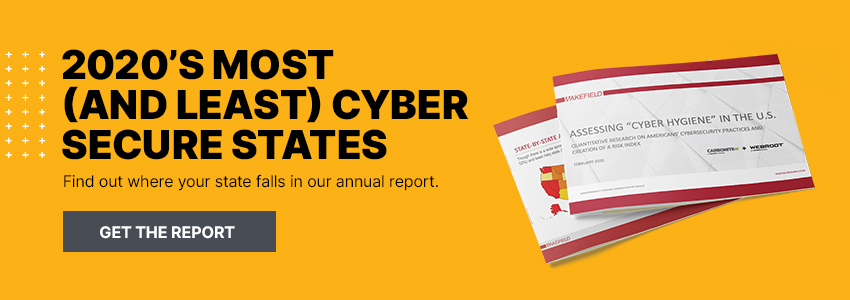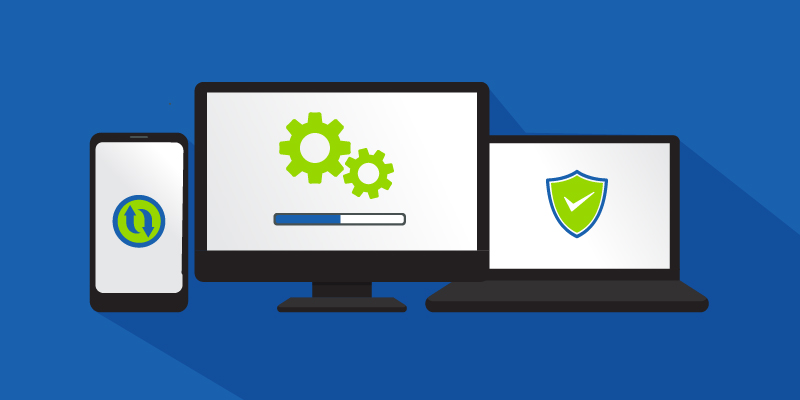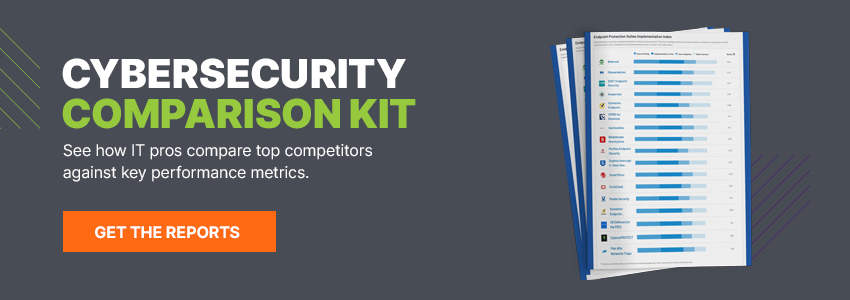Summer is upon us. For some, summer is all about physical fitness. While exercise is essential to our overall well-being, we shouldn’t forget about our digital fitness, either. Just as our bodies serve our needs and help us go about our daily lives, so too do our computers and digital systems. And they deserve the time and effort it takes to make them as healthy as they can be. With that in mind, we talked with Webroot Security Analyst, Tyler Moffitt about digital fitness – and cyber resilience – for individuals and businesses. Be sure to add the following tips to your summertime fitness goals.
How is cyber resilience analogous to physical fitness?
Cyber resilience is all about having a robust security posture and making sure you take care of your digital presence with your internet-connected devices and accounts. These are all parallels with physical fitness in that it’s a life choice and not something you can just do only once in a while.
What are the things we can do to maintain healthy digital lifestyles?
Take care of devices and accounts, be it work or personal. Use two-factor or multi-factor authentication (2FA/MFA) whenever possible and never re-use passwords across multiple accounts. Using password phrases is one of the best ways to create long and unique passwords. Length is strength. Backing up and encrypting confidential data and using virtual private networks (VPNs) are great best practices as well.
What are the consequences of neglecting to maintain a healthy digital lifestyle for both individuals and businesses?
The risk of being infected with malware or having accounts breached skyrockets. This can then cascade to a whole organization, resulting in its data being held for ransom. Someone may even be held responsible and could perhaps even lose their job. There’s also a risk of criminals committing identity theft against you, which can be very costly.
Exercise is only helpful if it’s done on an ongoing basis. What ongoing practices should people be mindful of to protect themselves digitally?
A few things come to mind:
- Use reputable layered security
- Embrace user education
- Lock down remote connections
- Disable what you don’t use
- Do inventory and patch management
- Have multiple backups
- Educate yourself and, if applicable, your workforce
We’re supposed to undergo regular doctor checkups to ensure we’re maintaining a healthy lifestyle. Are there “checkups” people can perform to gauge the status of their digital health?
Education! Specifically, security awareness training. We recommend phishing simulations to test yourself and ensure you can tell the difference between a standard, benign email and a phishing scam. Also, educational courses help you understand the current threat landscape and how criminals try to trick you. Cyberthieves are always adapting their approaches as people become more educated, so it’s important stay informed about the latest tactics.
There’s only so much we can do on our own before we have to seek medical intervention from a doctor. What are the scenarios where people may want to reach out to an IT expert to address a digital health issue?
Whenever you’re unsure of something, ask – just like you would with a doctor. If you’re unsure of something going on with your body, you would ask the doctor for more info. The same holds true for your digital life. If you receive an email that you think might be phishing but are unsure, don’t just click and hope for the best. Immediately ask an IT professional who can advise you. And do the same when handling or storing sensitive information. Make sure the methods you use to transmit and store data are encrypted. For handling business data, find out what your organization’s data retention policy is and make sure you’re complying with it.
Carry it forward
Summer motivates us to get fit more than other times of the year. But just like physical fitness is best when it’s practiced year-round, so is digital fitness. Cyberthieves don’t take breaks at any time of year. And neither should you when it comes to practicing good cyber resilience behaviors.



















